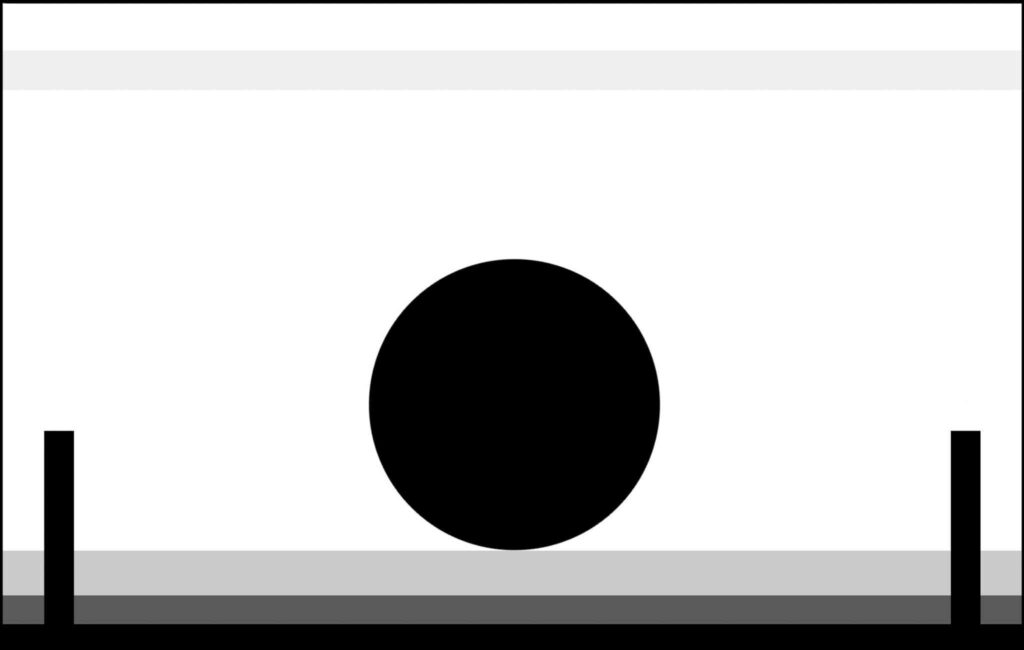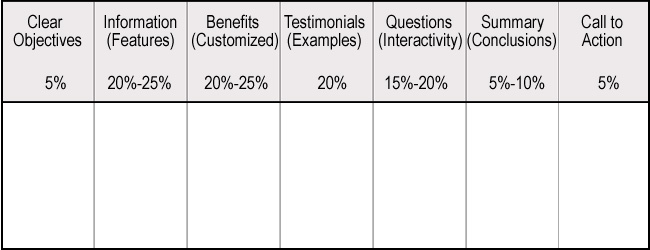
The best sales presentations contain the right mix of information flow and interactivity, and are uniquely balanced to best fit audience interests, needs and priorities.
However, while this approach might seem straightforward, people on the listening end frequently report a high percentage of presentations are woefully out of balance. Some are weighted down with too many facts and figures, while others lack supporting examples or testimonials; most are too long and contain few, if any, questions; and far too many conclude without a call to action (i.e., scheduling a consequential next step). These last two “frequently omitted” components are especially important when making virtual presentations. Higher levels of interactivity tend to increase audience attention spans and engagement levels, and scheduling next steps on the spot will likely save all parties a great deal of time after-the-fact.
Assuming sufficient preparation and effective delivery — that is, appropriate levels of enthusiasm, eye contact (if face-to-face) and tone variation — the ideal selling presentation, regardless of length, should contain a strategic balance of seven key ingredients:
- Clear statement of objectives. As Zig Ziglar put it, “If you aim at nothing you’ll hit it every time!”
- Information: features, facts and data (properly researched).
- Benefits: how the information will solve audience problems, satisfy needs or improve situations.
- Supporting documentation: examples, stories and testimonials.
- Interactivity: questions to engage listeners and to confirm their understanding and buy-in.
- Summary: a concise recap of objectives, benefits, and conclusions.
- Call-to-action: the specific next steps we would like our audience to take. It’s not a selling presentation if it doesn’t include a close!
Whether making an “elevator pitch” or a formal selling presentation, we will be significantly more persuasive and will most often engage our audiences if these seven elements are incorporated into our delivery.
Balancing Worksheet
If you’d like to measure the degree to which your presentations are balanced, you might use the worksheet below. While the best mix of “ingredients” will vary depending upon the audience and circumstances, approximate guidelines are shown on a percentage basis. You can also download a free balancing worksheet from our website.
